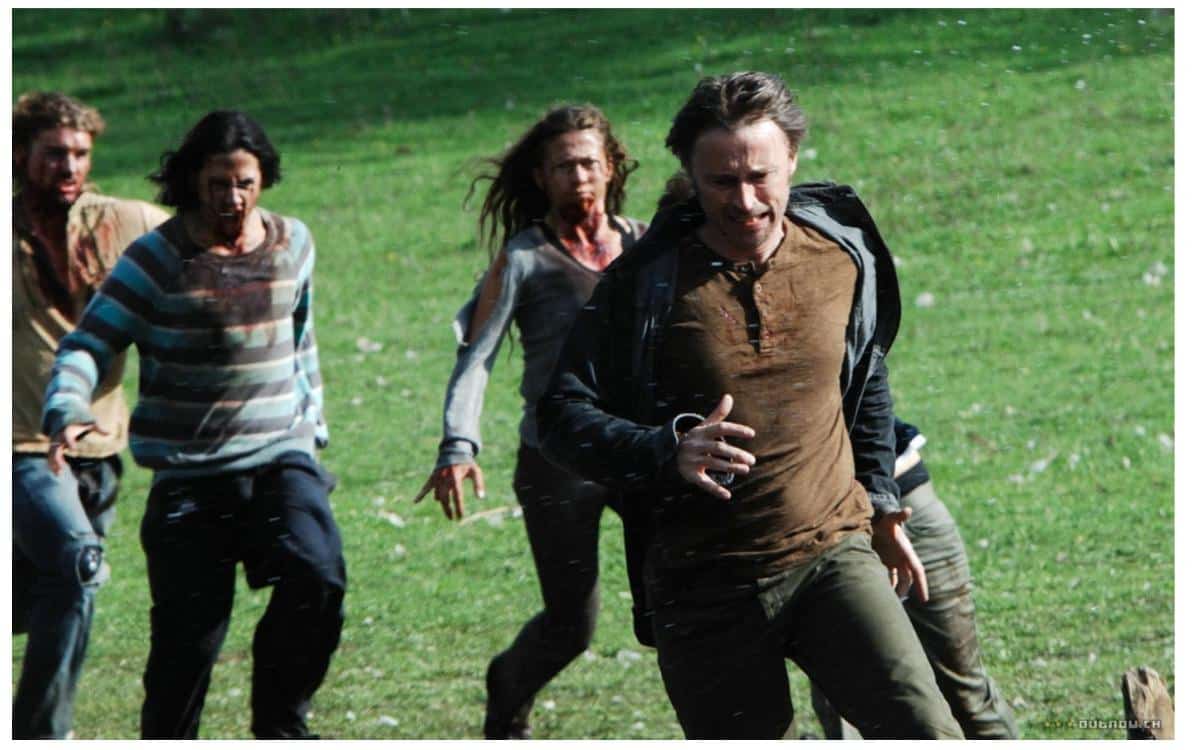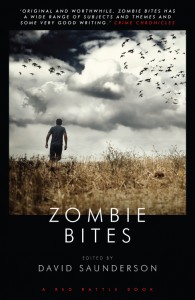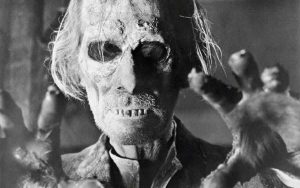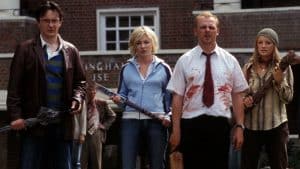Writer ANN L HOUGUE-BOUCHER, a contibutor to Spooky Isles’ second horror anthology Zombie Bites, discusses how speed is the difference between creepy and terrifying zombies
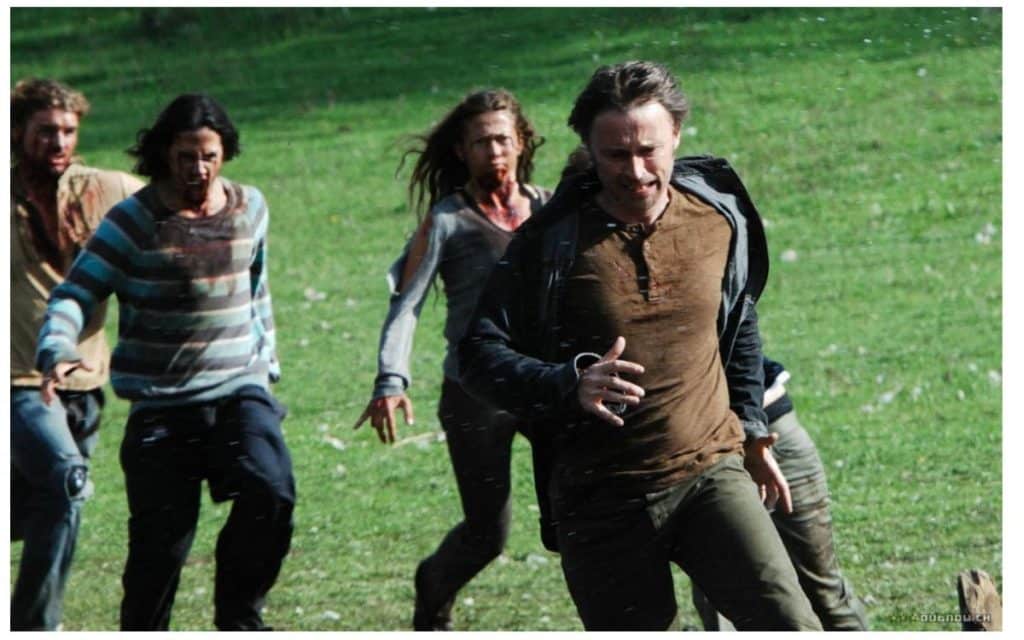
Well, do you know the difference between creepy versus terrifying zombies? Of course you do, if you’re a horror writer.
You know the difference is primarily about speed. The speed of your zombies means everything, especially when it comes to the kind of mood you want to evoke in a film or story.
True Hammer Films lovers know The Plague of the Zombies. It might just be one of the most underrated Hammer Films around. But to horror enthusiasts, it’s a goldmine for the imagination. This 1966 film may have been an influence on many other zombie movies (ahem) for years to come — even across the pond (ahem).
Even prior to that, The Earth Dies Screaming (1964) had a say on that horrific, infected, pseudo-human creature: and it was that zombies are creepy as hell (The Womaneater notwithstanding.)
Slow zombies shuffle and swarm together, walking with that imbalanced gait towards their food source — you. You, the healthy (relatively), upstanding citizen, who really hasn’t done anything to warrant such harm. Yet there you are, their snack of choice. Living flesh. Chop off one of their arms in self-defence, and they’ll keep coming after you. Chop off a leg or two, and they’ll crawl to come get you. Cut them in half, and they’ll abandon their lower parts to come feast on your flesh. They just don’t stop. In most films, only severing the head/destroying the brain will do. Otherwise, you’re their target.
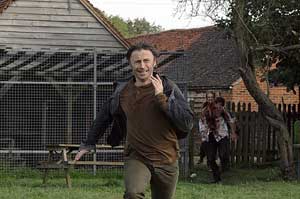
Relentless and shambling hordes of once-people (such as in the all-too-hilarious yet eerie Shaun of the Dead) are plainly unpleasant to ponder, and have been the stuff of nightmares in a large number of films, from the poorly done B-movie to the visually stunning masterpieces of horror cinema. But can anything that slow be truly terrifying?
In smaller clusters, perhaps not. But what about those hordes of once-people that can move as fast as Linford Christie, or perhaps even faster? What about super-speed, turbo zombies?
Terrifying.
Moving beyond the creepy hordes, the zombies in 28 Days Later set a new standard for ruining the pants of the fainthearted. Not only did they swarm and have an insatiable hunger for living human flesh, they could be on you in seconds, and one false move would prove to be your last. With both fast and slow zombies, one bite will infect you, surely. But perhaps what makes fast zombies worse is the fact that in seconds, you could be a case of Chappie, or suddenly a mindless drone. One of them.
Yes, they move fast, sometimes faster than you, and your only chance to stop them is a beheading or brain-bashing. If you’re not quick enough, or fleet of foot, you’re going to be the speciality of the house. That, perhaps, is what makes fast zombies far worse than their shambling counterparts.
When writing a story or screenplay, it’s easy to set an ominous, dreadful mood with slow zombies, shambling their way to their next living snack — but for the marriage of the macabre and disturbing with the heart-pounding fear factor, it’s best to go with fast zombies that can tear apart that sweet little OAP at the end of the street in a matter of seconds.
For a one-hundred percent creep factor that keeps your reader or viewer locked in their flat for the night, slow zombies are the best. If you want a story that makes your reader or viewer willing to dig through the attic for that old hunting rifle, fast zombies can achieve that goal.

